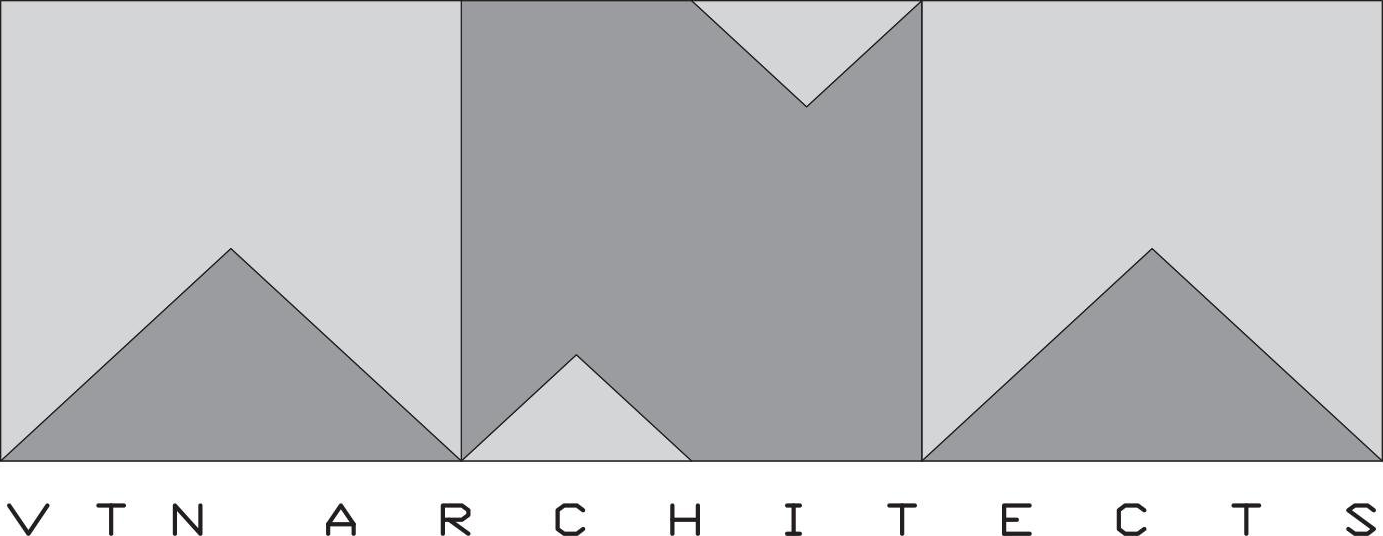Wind and Water Bar
Wind and Water Bar
Status:
01/2008
Program:
Bar
Location:
Binh Duong, Viet Nam
Site are:
1,160m2
GFA:
270m2
Principal Architect:
Vo Trong Nghia
Design team:
Ritsu Uchiyama
Bamboo contractor:
VTN Architects (Võ Trọng Nghĩa Architects)
Client:
Wind and Water Company JSC
Photographers:
Hiroyuki Oki, Phan Quang
Wind and Water Bar is bamboostructure located next to an artificial lake in Binh Duong Province, close to Wind and Water Cafe. However, contrasting to the linearity and openness of the cafe, the bar was designed as a closed dome. Subsequently, on the site lies two opposite ends of what bamboo structures were capable of. One opens itself and immerses with nature, while the other closes out and provides a protective space for the occupants.
Sensibly, the dome design was in service of cultural activities such as music performances, concert shows or just simply social gatherings.
Approaching the entrance of the bar, rectangular stepping stones lead visitors across the large elevated lake into the structure. As they walk through the entrance, they would catch sight of a structural bamboo arch system,which is 10 m high and spanning 15 m across. The main frame is made up of 48 prefabricated units, each were assembled various lengths of bamboo, bound together and bent into arches.
The aim of the design was not merely to build an decorative structure for local areas but to create green architecture for the modern age. Therefore it was essential to develop a system of production and construction of bamboo architecture. If the whole structure was divided into several frame-units, the accurate structure under appropriate cost control was to be realized. The on-site assembling of these frame-units also brought more flexibility in transporting the bamboo structure.
Natural wind energy together with evaporated cool water the lake were made use of to create natural air ventilation. A circular skylight with a diameter of 1.5 m located on the top of its roof helps releasing the hot air generated inside the bar. These passive design methods reduce the energy consumption of the building greatly.
Projects such as this offer economical investment and rapid construction as Wind and Water Bar was built by local workers over a three-month-period.
Dự án khác
01/2021 Casamia Community House 01/2021
10/2020 Vedana Restaurant 10/2020
04/2020 Vocano Island _Restaurant 04/2020
10/2017 Tingxi Restaurant 10/2017
04/2015 Roc Von Restaurant 04/2015
03/2015 Naman Beach Bar 03/2015
03/2015 Naman Hay Hay Restaurant and Bar 03/2015
01/2014 Son La Restaurant 01/2014
07/2013 Kontum Indochine Wedding Restaurant 07/2013
01/2013 Kontum Indochine café 01/2013
01/2008 Wind and Water Bar 01/2008
03/2006 Wind and Water Café 03/2006
Awards
National Architecture Awards of Vietnam Architecture Association/ Second Prize/ Wind and Water Bar
International Architecture Awards/ Winner/ Wind and Water Bar
Green Good Design Award/ Winner/ Wind and Water Bar
ARCASIA Awards for Architecture/ Gold Winner/ Wind and Water Bar
FuturArc Green Leadership Award/ Winner/ Wind and Water Bar



















